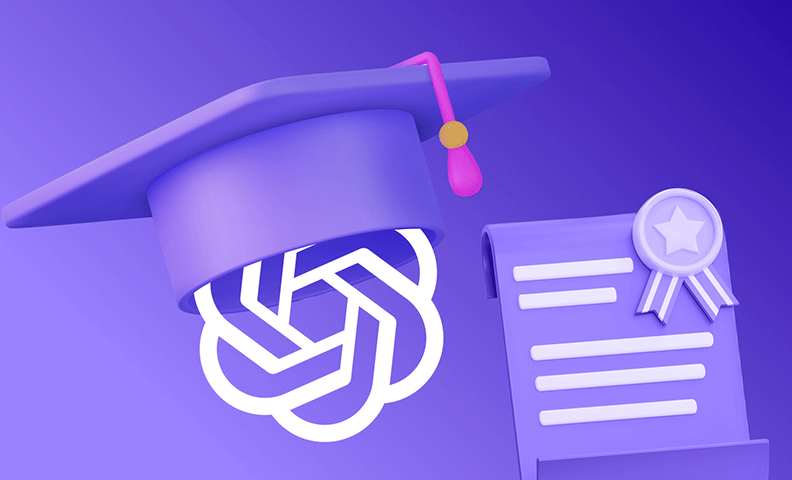The way we learn and teach is evolving rapidly, and artificial intelligence is playing a significant role in this transformation. Among the most notable tools is ChatGPT, an AI language model developed to assist with writing, problem-solving, tutoring, and more. In modern education, ChatGPT is no longer just a novelty—it’s becoming a practical resource for students, teachers, and educational institutions alike.
The rise of AI in education has transformed how students learn and how teachers plan their lessons, as explained in our detailed guide on modern classrooms. In this article, we’ll explore the key ways ChatGPT is shaping education, its benefits, and some considerations for its responsible use.
Personalized Learning Assistance
One of the biggest advantages of ChatGPT in education is its ability to offer personalized learning support.
How it helps:
- Provides instant explanations for complex topics.
- Adjusts answers based on the learner’s level and pace.
- Helps students practice problem-solving with immediate feedback.
Example: A high school student struggling with algebra can get step-by-step guidance tailored to their understanding.
Homework and Study Support
ChatGPT can act as a tutor for homework or revision sessions, saving students time while enhancing comprehension.
Key benefits:
- Generates practice questions and solutions.
- Summarizes lengthy texts or chapters for easier study.
- Offers alternative explanations to reinforce understanding.
Example: Students preparing for exams can ask ChatGPT to summarize key historical events or scientific concepts.
Enhancing Teacher Productivity
Teachers can also leverage ChatGPT to reduce repetitive tasks and focus on higher-value teaching activities.
Ways it supports educators:
- Drafting lesson plans and teaching materials.
- Creating quizzes, worksheets, and assessment prompts.
- Providing examples to illustrate complex concepts in class.
Example: A math teacher can quickly generate multiple problem sets for different skill levels.
Encouraging Creative Learning
Beyond academics, ChatGPT stimulates creativity in students by encouraging exploration and experimentation.
Opportunities include:
- Writing stories, essays, or poetry collaboratively with AI.
- Brainstorming project ideas or research topics.
- Role-playing scenarios for language practice or history simulations.
Example: A literature student can co-write a short story with ChatGPT to improve narrative skills.
Supporting Distance and Hybrid Learning
With the rise of online and hybrid classrooms, ChatGPT provides accessible support for remote learners.
How it helps:
- Available 24/7 for student queries.
- Bridges gaps when teachers are unavailable.
- Facilitates self-paced learning without compromising quality.
Example: A college student attending online courses can clarify doubts immediately instead of waiting for the next lecture.
Ethical Use and Limitations
While ChatGPT is powerful, responsible use is essential in education.
Considerations:
- Avoid over-reliance—students should still develop independent critical thinking.
- Verify AI-generated answers for accuracy.
- Follow institutional guidelines for academic integrity.
Example: Teachers can encourage students to use ChatGPT for idea generation rather than copying answers verbatim.
Conclusion
ChatGPT in education is more than a tech trend; it’s a versatile tool that enhances learning, supports teachers, and fosters creativity. By using it responsibly, students and educators can unlock new opportunities for engagement and academic success.
Explore ChatGPT today and discover how AI can complement your educational journey while maintaining ethical and effective learning practices.

